What We Help?
Our focus is not just on guiding you from point A to point B, but rather on collaborative efforts to provide the kindest, most accessible, and encouraging approach to helping you overcome these challenges. If you or someone you know is facing any of these speech and language difficulties, our services are here to support and assist you on your journey to improvement.
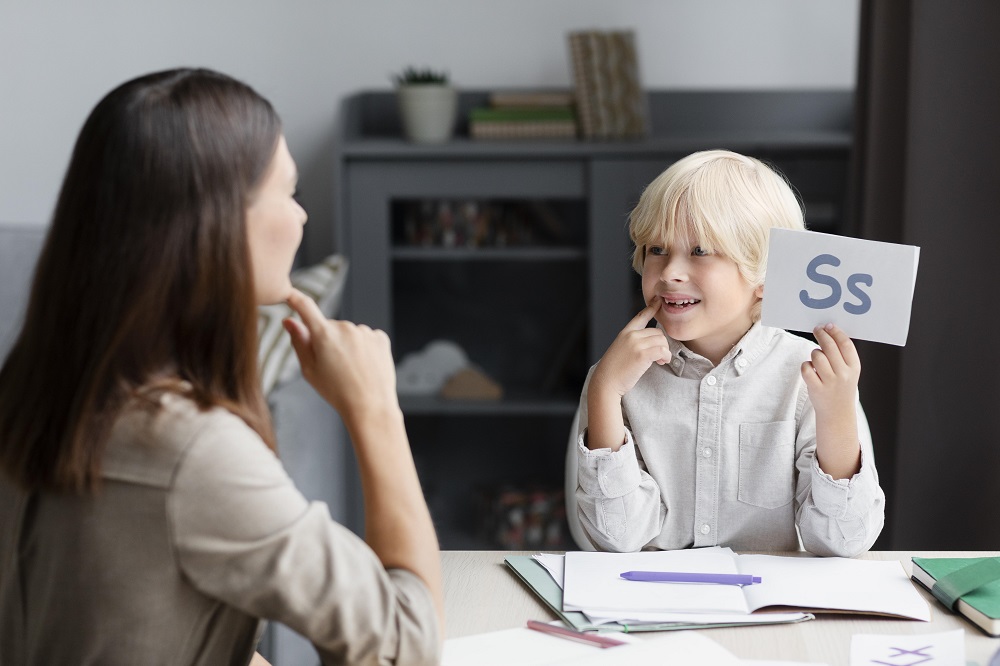
Receptive Language Disorder
Receptive language difficulties (i.e., difficulty understanding what others are saying) affect people of various age groups in Australia. If your child is identified as struggling with their receptive language.
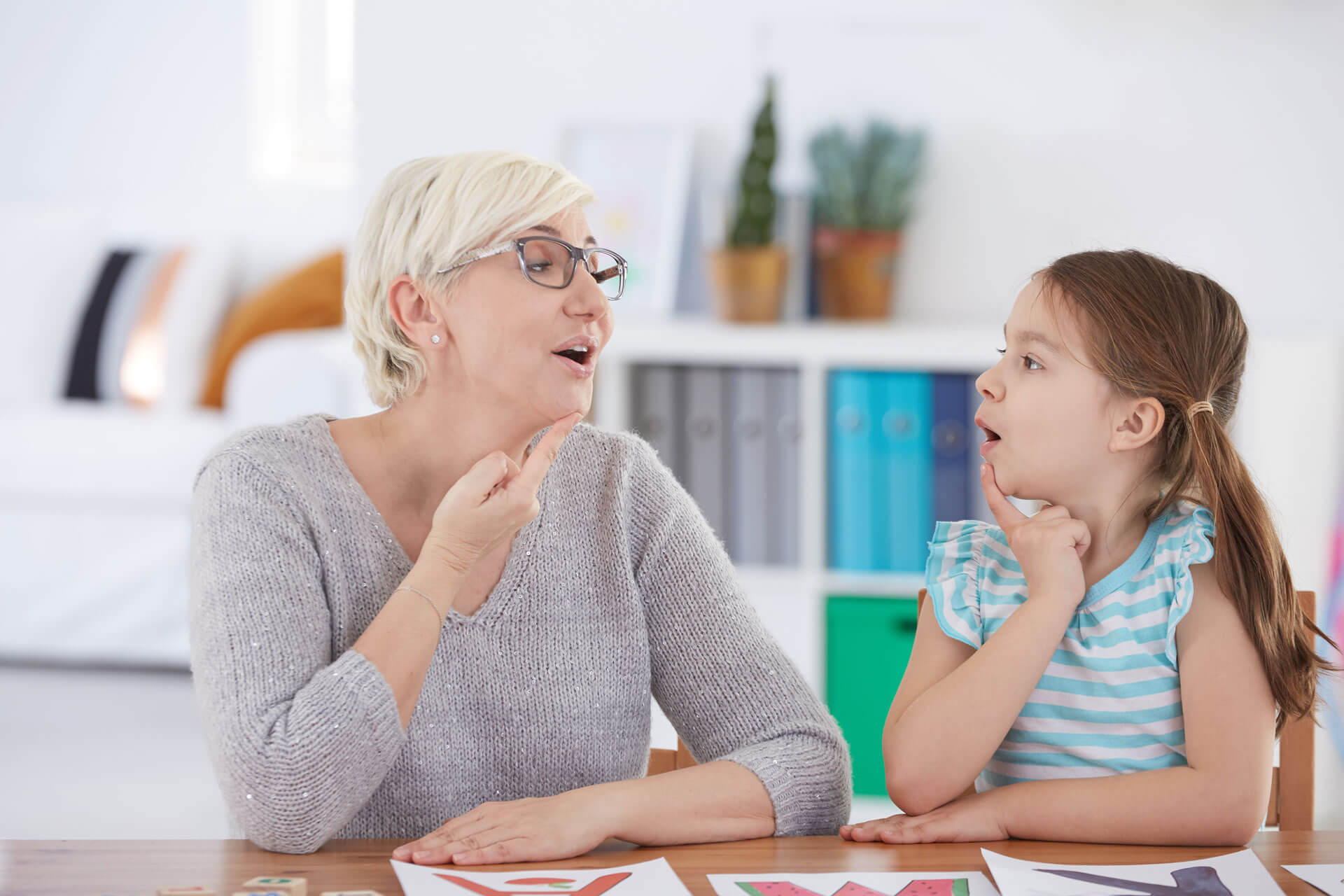
Stuttering
Stuttering affects approximately 1 in every 100 people. Stuttering usually emerges during early childhood, often between the ages of 2 and 5 years, when children are developing their speech and language skills. Temporary speech disfluencies during childhood.
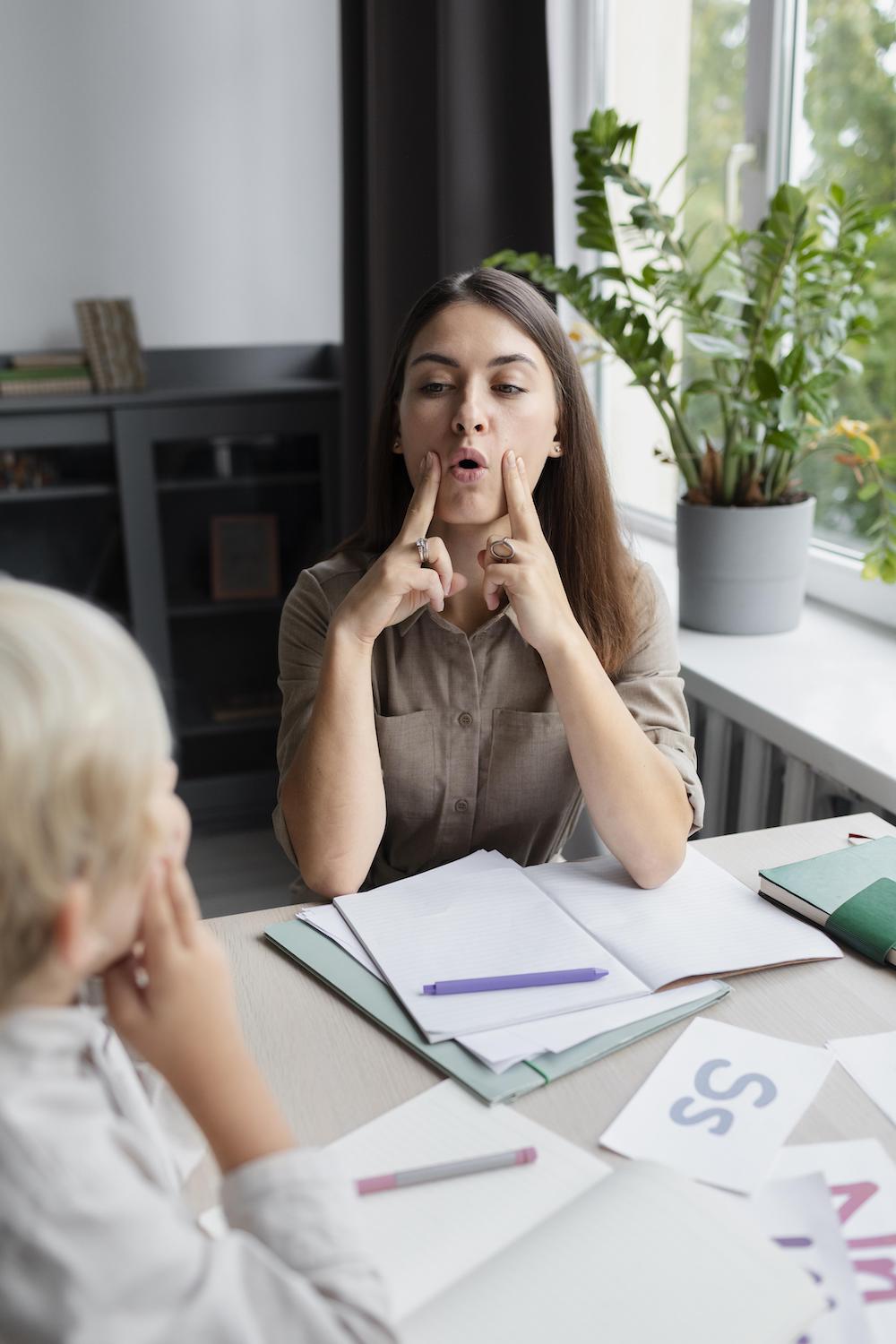
Specific Language Impairment (SLI)
If you, your child or someone you know currently has a diagnosis of Specific Language Impairment (SLI), you can speak to a speech pathologist about having your diagnosis updated.
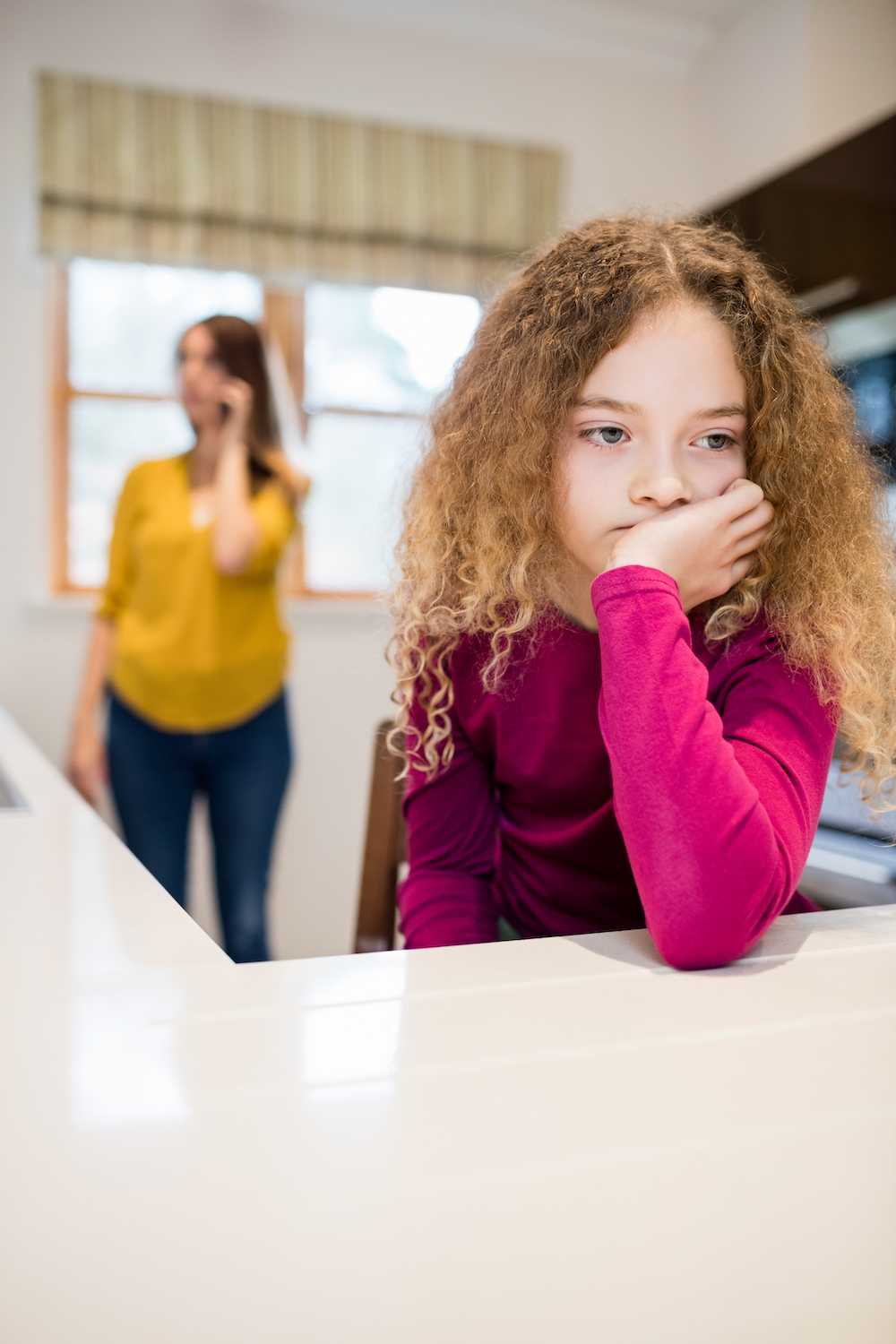
Social Communication Disorder
It is estimated that Social Communication Disorder (SCD) affects up to 7.5% of children. Males are diagnosed more frequently than females. If your child is diagnosed with Social Communication Disorder.
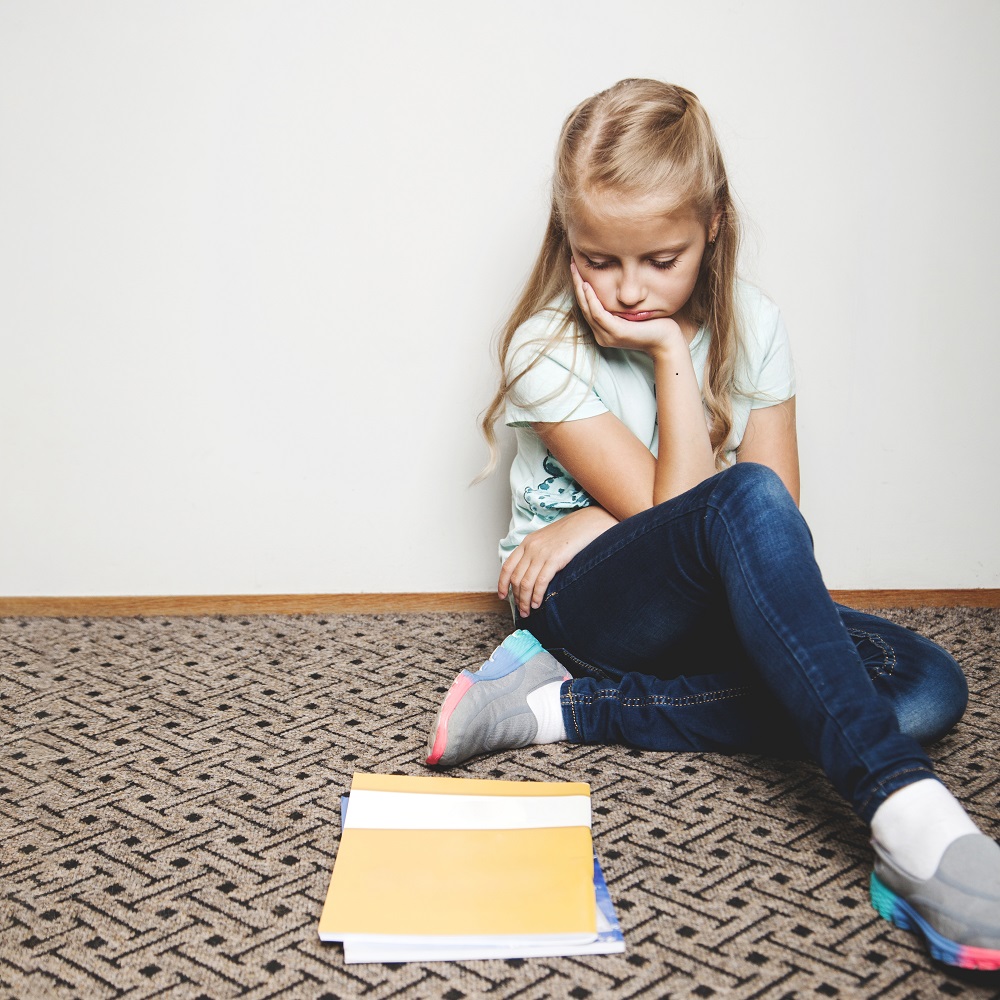
Phonological Delay Or Disorder
Phonological delay or disorder affects roughly 9% of children in Australia. If your child is identified as having a phonological delay or disorder, it is important to know you are not alone. Families all around the country are supporting a child with a phonological delay.
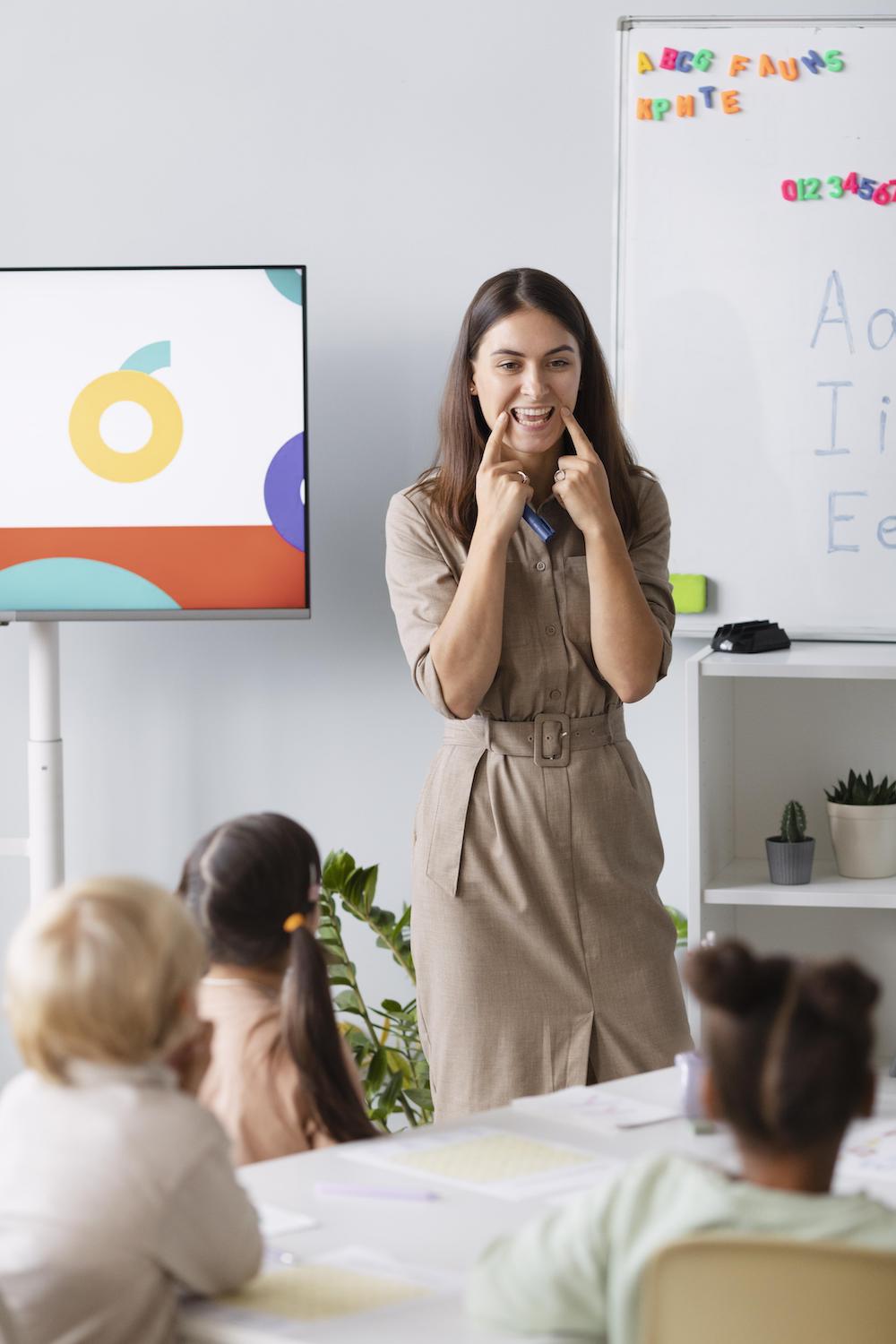
Expressive Language Disorder
Difficulties with expressive language affect people of various age groups in Australia. If your child is identified as struggling with their expressive language, it is important to know you are not alone.amilies around the country are supporting a child with language disorder.
Learn More
Dysgraphia (Specific Learning Disorder)
Most people have heard of dyslexia (difficulty with reading) but not many people have heard of its twin sister, dysgraphia (difficulty with writing).Technically speaking, dysgraphia is one of three different types of Specific Learning Disorder (SLD).

Developmental Language Disorder
Developmental Language Disorder (DLD) affects 1 in 14 people in Australia (that’s two in every classroom!). You may not have heard of DLD before so if you or someone you know has been diagnosed with DLD, it is important to know you are not alone.

Childhood Apraxia Of Speech (CAS)
Childhood Apraxia of Speech (CAS) affects one to two children in every thousand children in Australia. Many people have never heard of CAS, so it can be a shock when your child is given a CAS diagnosis for the first time. it is important to know you are not alone.
Learn More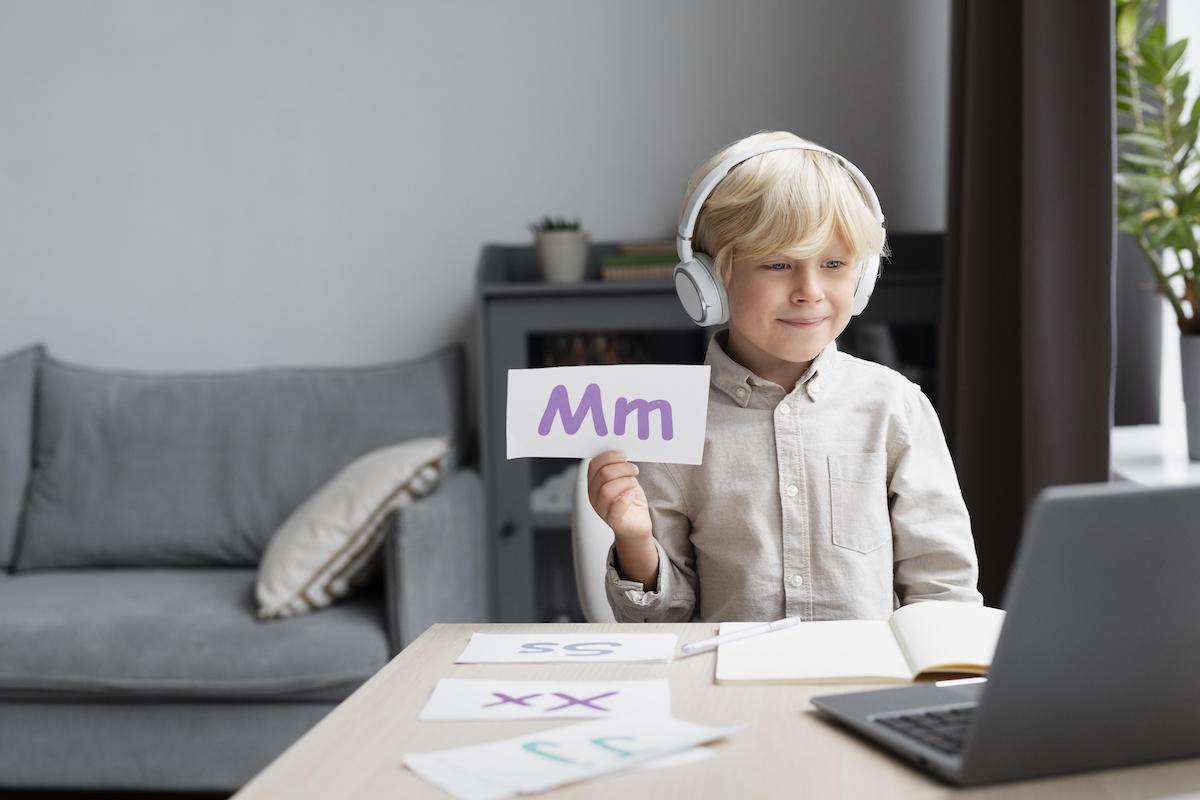
Weak Syllable Deletion
When learning to talk, most children use ‘patterns’ to simplify the sounds in words, making them easier to say. These patterns, or phonological processes, are a normal part of language development; they are usually temporary.
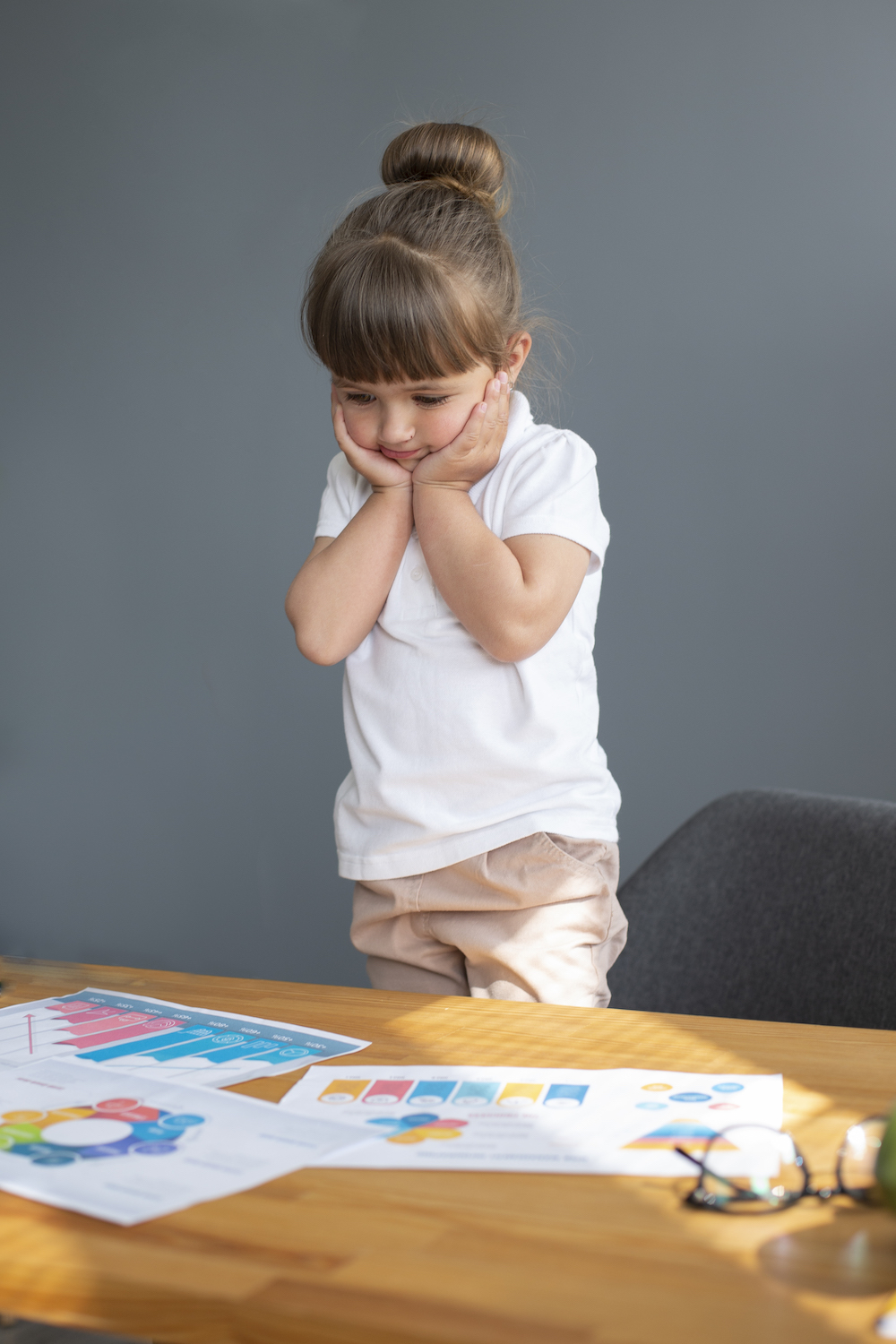
Autism Spectrum Disorder (ASD)
It is estimated that 1 in 70 people in Australia are autistic. So if you or your child are autistic, or you are noticing some of the various characteristics of autism spectrum disorder (ASD), it is important to know that you are not alone.
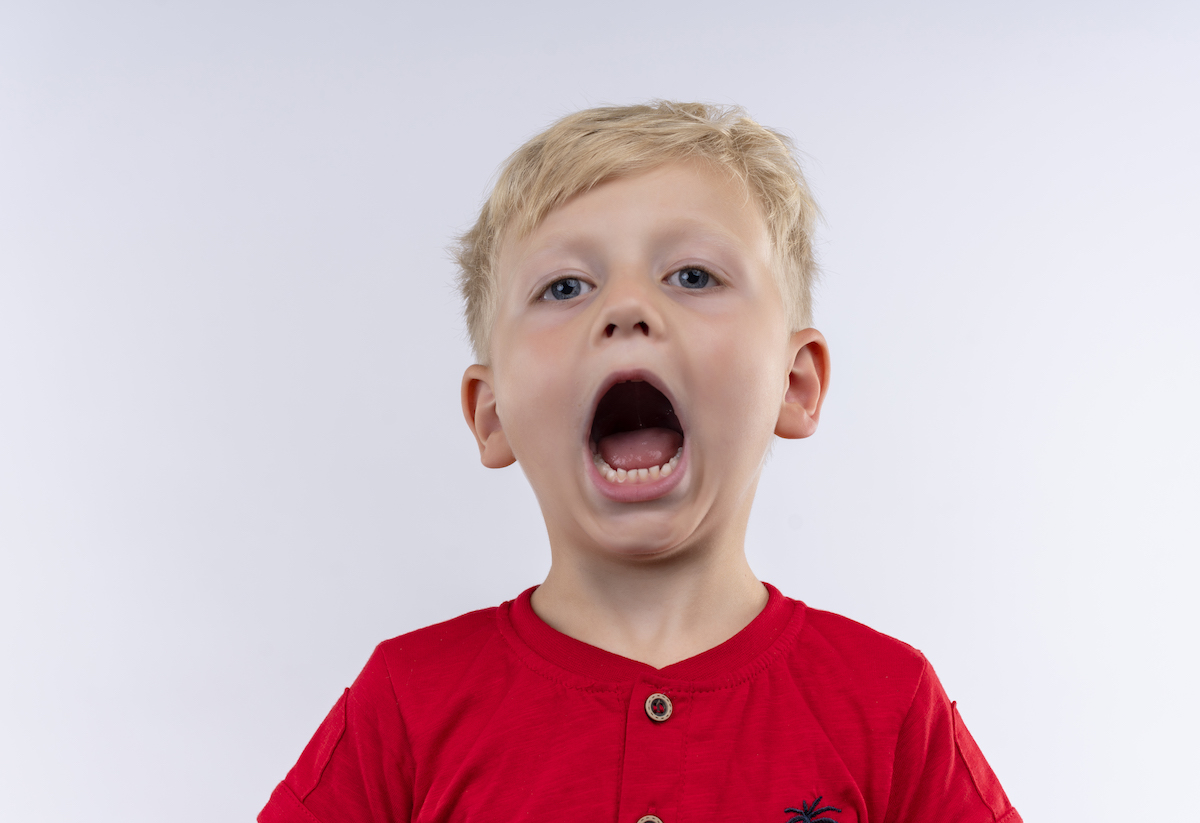
Lateral Lisp
When learning to talk, most children simplify the sounds in words, making them easier to say. Sometimes this type of speech pattern becomes automatic, and a child has an inability to produce a specific speech sound correctly.
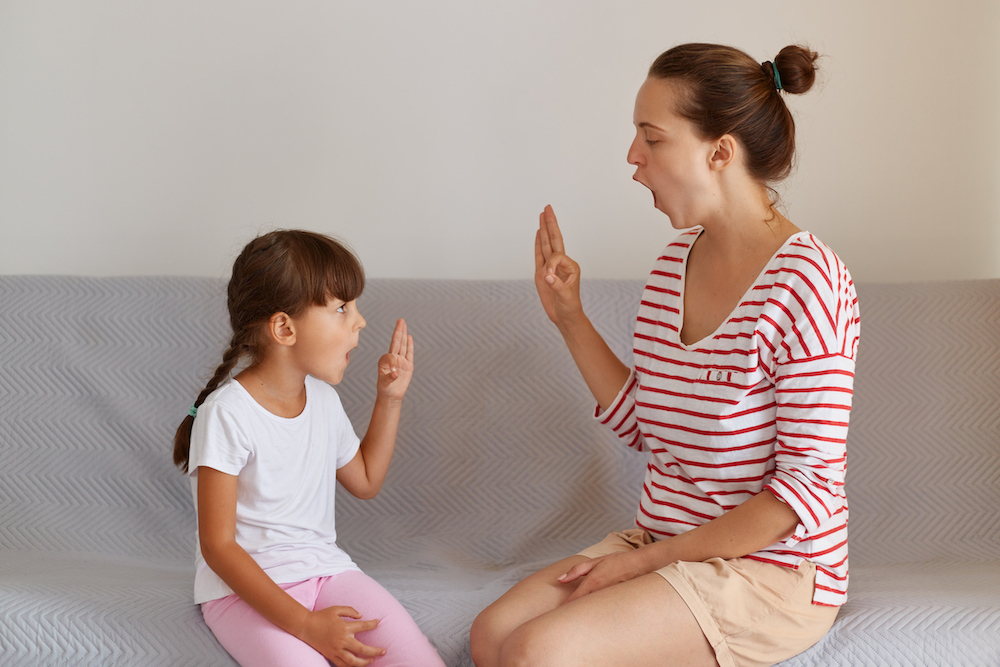
Labialisation
When learning to talk, most children use ‘patterns’ to simplify the sounds in words, making them easier to say. These patterns, or phonological processes, are a normal part of language development; they are usually temporary and typically disappear as children get older and their speech becomes clearer.
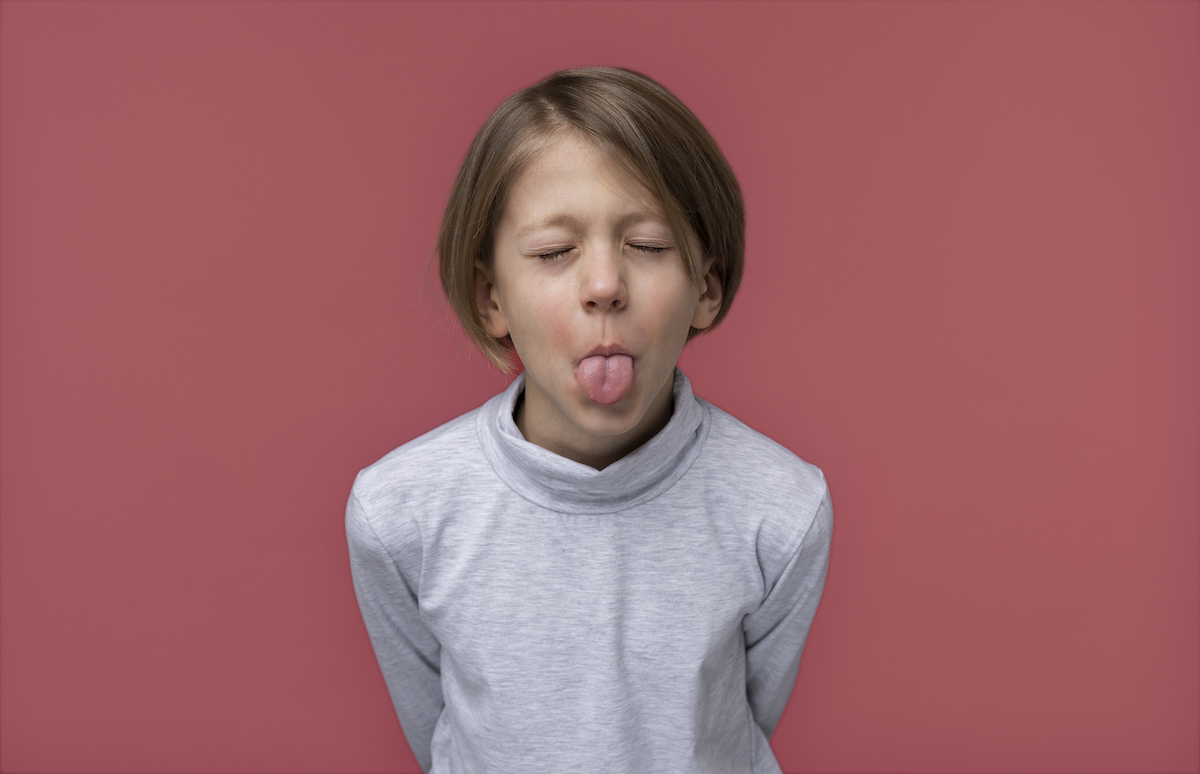
Lisp
When learning to talk, most children simplify the sounds in words, making them easier to say. Sometimes this type of speech pattern becomes automatic, and a child has an inability to produce a specific speech sound correctly.
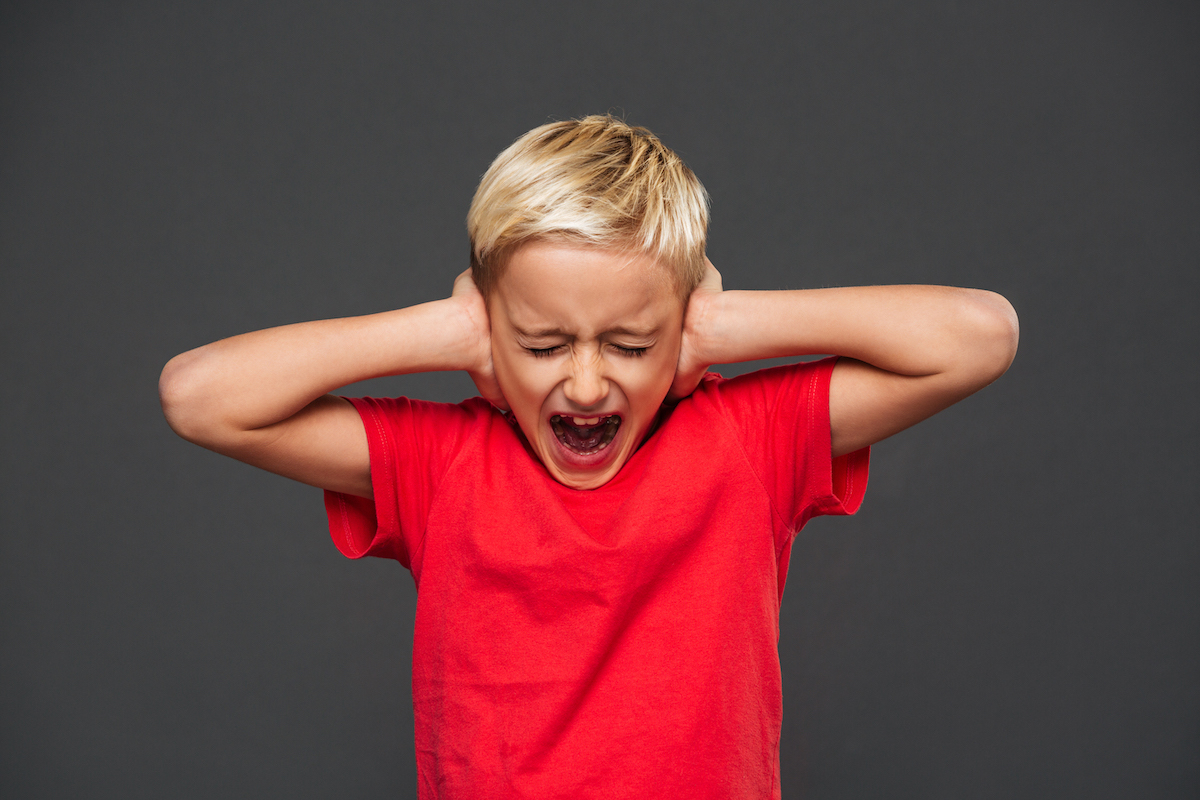
Hearing Loss
Hearing loss affects people of all ages and backgrounds. The most common form of hearing loss is called sensorineural hearing loss. Sensorineural hearing loss can be caused by genetics, trauma or injury, illness or as a normal part of aging.
Learn More
Gliding
Understanding phonological processes can help parents to better understand typical speech developmental milestones. Speech Pathologists in Australia are specially trained to help parents with this knowledge and improve the speech development of children who have not reached typical developmental milestones.
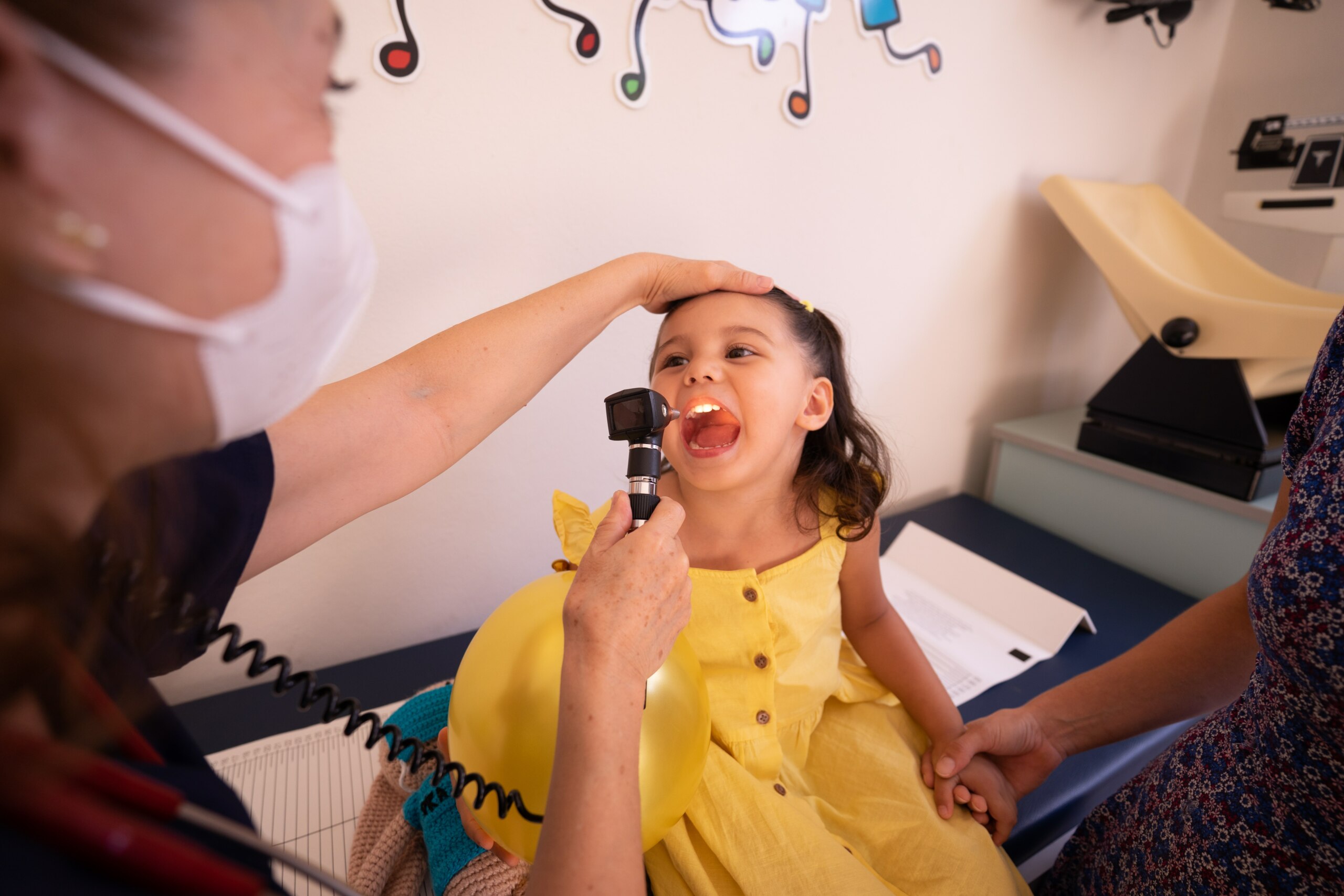
Fronting
When learning to talk, most children use ‘patterns’ to simplify the sounds in words, making them easier to say. These patterns, or phonological processes, are a normal part of language development; they are usually temporary and typically disappear as children get older and their speech becomes clearer.
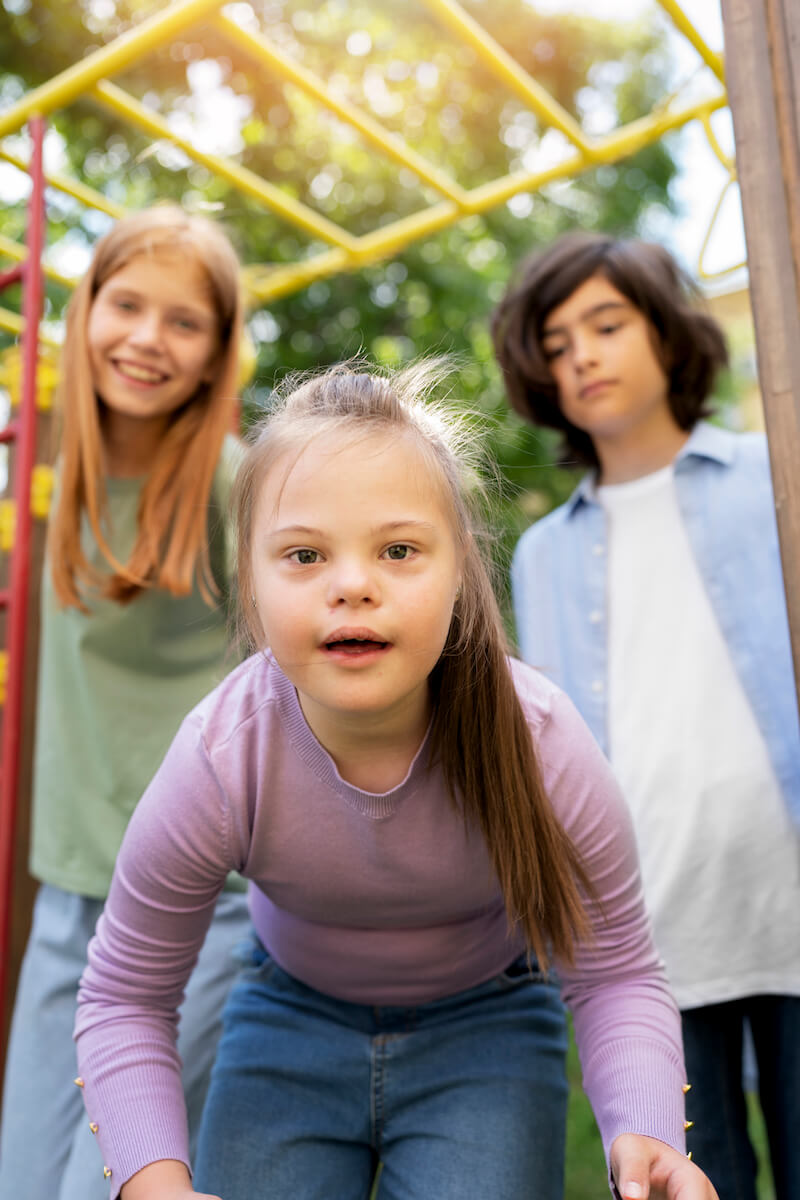
Fragile X Syndrome
Fragile X Syndrome affects about 1 in 4,000 boys and 1 in 9,000 girls in Australia. Many people have never heard of FXS, so it can be a shock when your child is given an FXS diagnosis for the first time. However, it is important to know you are not alone, and early diagnosis and intervention can make a real difference.
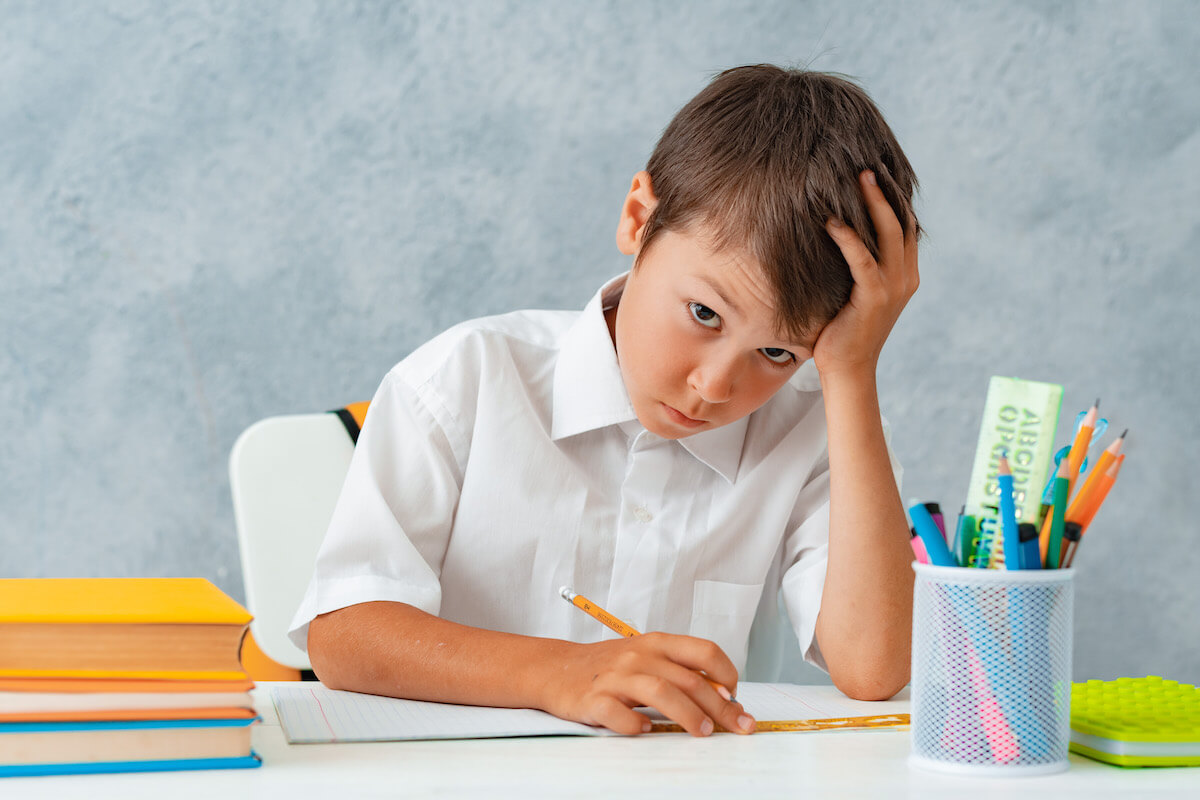
Dyslexia (Specific Learning Disorder)
Dyslexia affects about 10% of the Australian population. Technically speaking, dyslexia is one of three different types of Specific Learning Disorder (SLD). These days, dyslexia is often referred to as ‘Specific Learning Disorder with impairment in reading’.

Backing
When learning to talk, most children use ‘patterns’ to simplify the sounds in words, making them easier to say. These patterns, or phonological processes, are a normal part of language development; they are usually temporary and typically disappear as children get older and their speech becomes clearer.
Learn MoreBook an appointment
Contact the Care Speech Team Today. Call 1300 086 280 or Leave Your Details Below.
Here’s how it works
Speech Pathology via Video is as easy as 1-2-3…
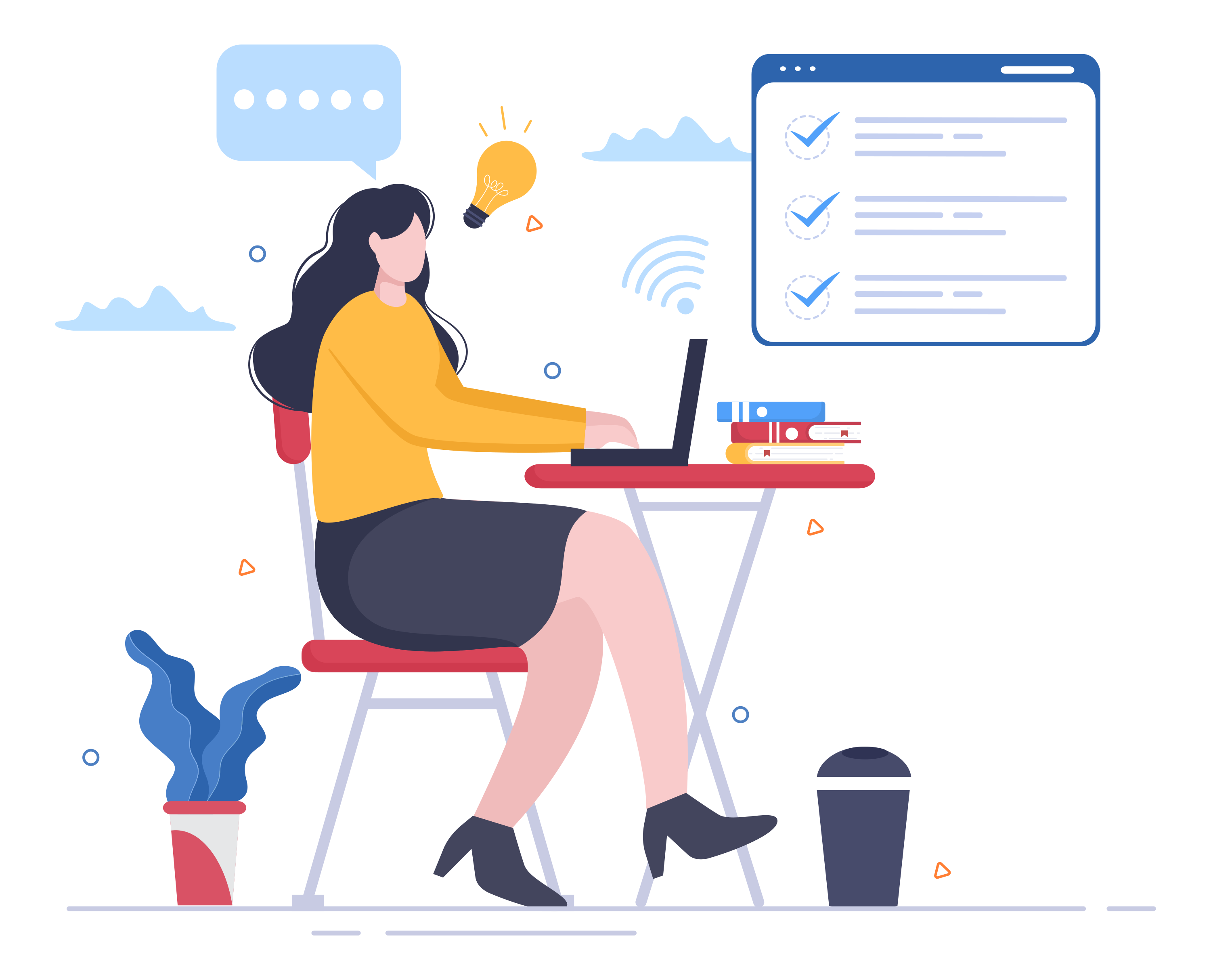

Step 1
Call us or fill in the online form
Get in touch! Let’s talk about what you need and how we can help you or your child reach your goals.
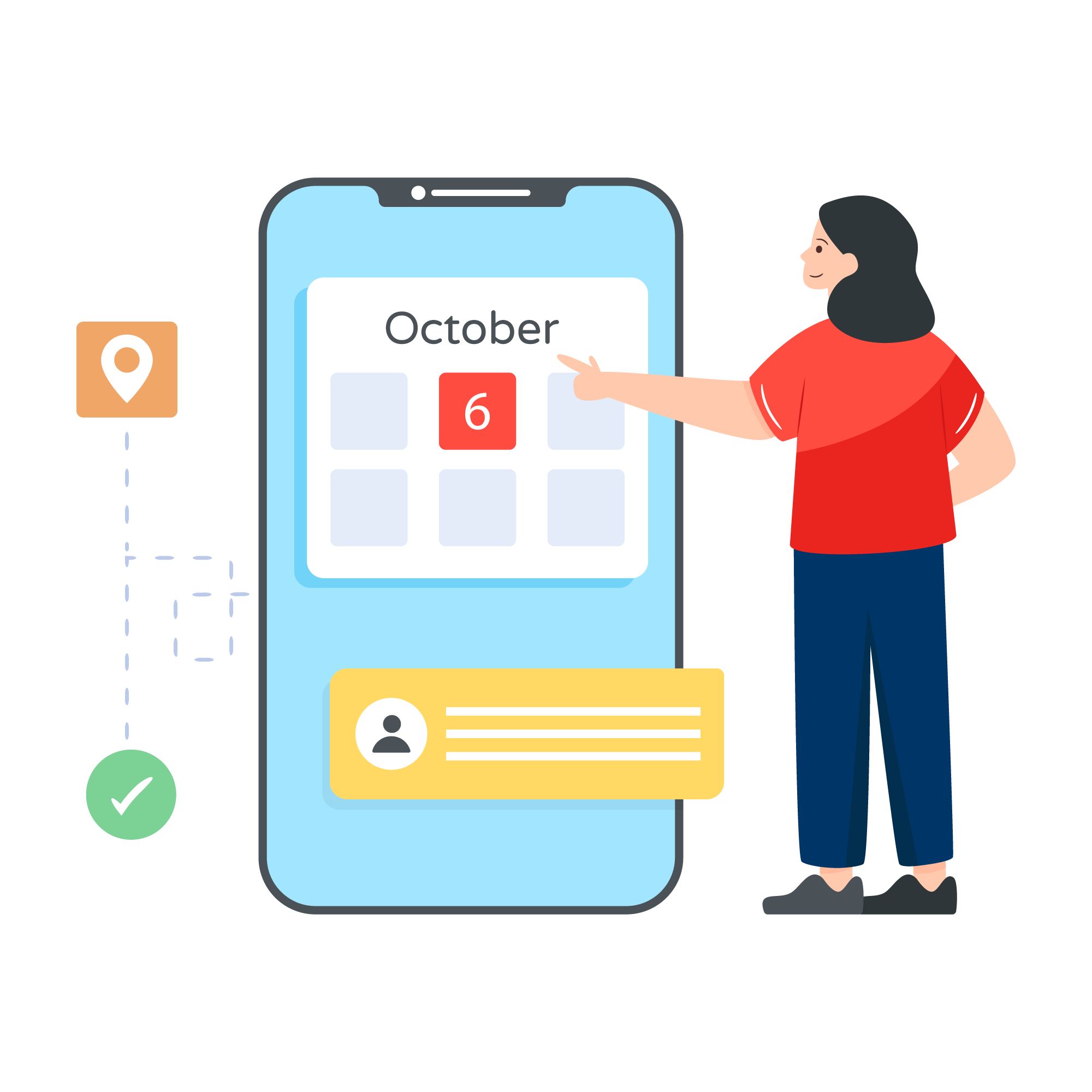
Step 2
Choose your first session
Our Care Speech Therapy team will work to find an appointment that suits you.
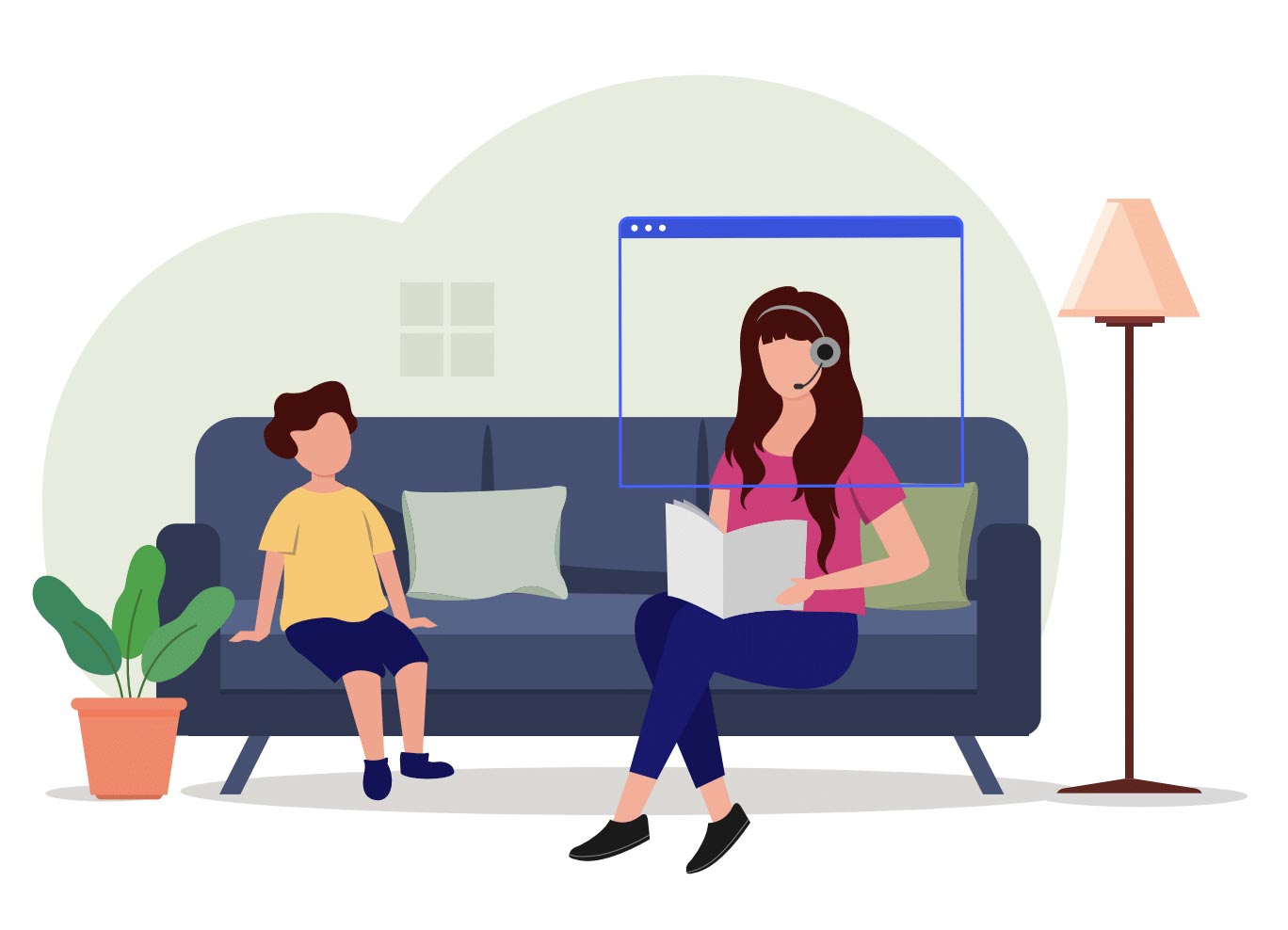
Step 3
You’re on your way to confident communication!
Click on the Zoom link when it’s time. It’s secure, confidential, and you’ll be instantly connected with your speech therapist!
Subscribe
Subscribe to our emails for the latest articles and service information

